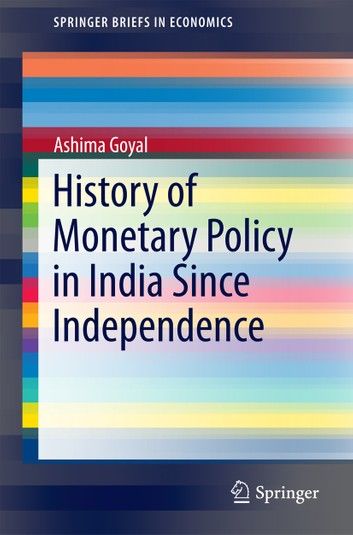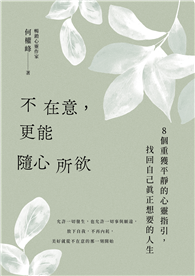| FindBook |
有 2 項符合
History of Monetary Policy in India Since Independence的圖書 |
 |
History of Monetary Policy in India Since Independence 作者:Ashima Goyal 出版社:Springer India 出版日期:2014-07-16 語言:英文 |
| 圖書館借閱 |
| 國家圖書館 | 全國圖書書目資訊網 | 國立公共資訊圖書館 | 電子書服務平台 | MetaCat 跨館整合查詢 |
| 臺北市立圖書館 | 新北市立圖書館 | 基隆市公共圖書館 | 桃園市立圖書館 | 新竹縣公共圖書館 |
| 苗栗縣立圖書館 | 臺中市立圖書館 | 彰化縣公共圖書館 | 南投縣文化局 | 雲林縣公共圖書館 |
| 嘉義縣圖書館 | 臺南市立圖書館 | 高雄市立圖書館 | 屏東縣公共圖書館 | 宜蘭縣公共圖書館 |
| 花蓮縣文化局 | 臺東縣文化處 |
|
|
The book discusses Indian post-independence monetary history in the context of the country’s development and the global changes of the period. The conceptual framework used is the SIIO (Structure, Ideas, Institutions and Outcomes) paradigm. That is, structure and ideas become embedded in institutions and affect outcomes. Narrative history, data analysis and research reports demonstrate the dialectic between ideas and structure with respect to monetary history, aspects of India’s development, and the global institutions and events that impacted monetary choices. The history of the economy and of the global changes that affected it covers a time when major changes took place both in India and internationally.
India’s greater openness is important both for it and for the world, but it occurred at a time of major global crises. How did these impact monetary choices and how did the latter help India navigate the crises while maintaining its trajectory towards greater liberalization? The book explores these and other relevant but under-analyzed questions.
The initial combination of ideas and structure created fiscal dominance and made monetary policy procyclical. An aggregate supply-and-demand framework derived from forward-looking optimization subject to Indian structural constraints is able to explain growth and inflation outcomes in the light of policy actions. Using exogenous supply shocks to identify policy shocks and to isolate their effects, demonstrate that policy was sometimes exceedingly strict despite the common perception of a large monetary overhang. Surges and sudden stops in capital flow also constrained policy.
But the three factors that cause a loss of monetary autonomy—governments, markets and openness—moderate each other. Markets moderate fiscal profligacy and global crises moderate market freedoms and ensure openness remains a sequenced and gradual process. The book argues greater current congruence between ideas and structure is improving institutions and contributing to India’s potential.
|









